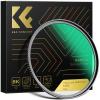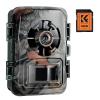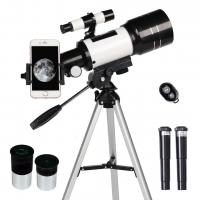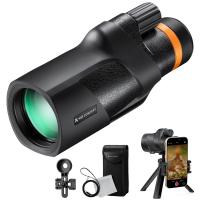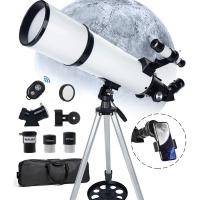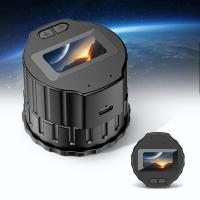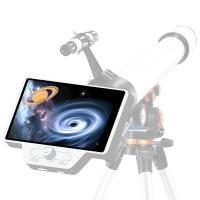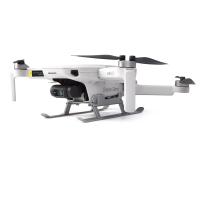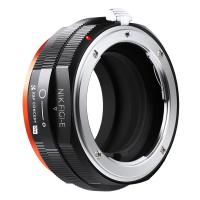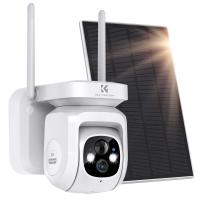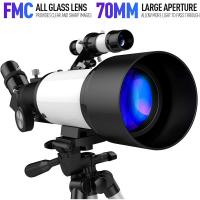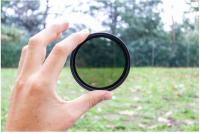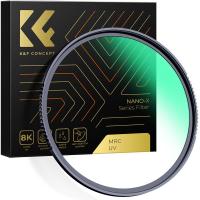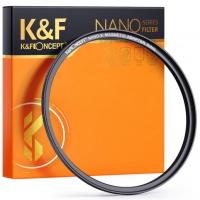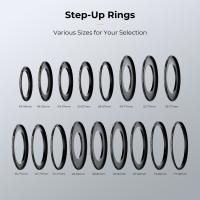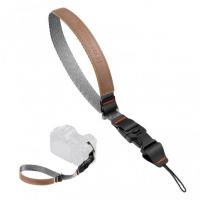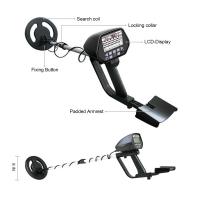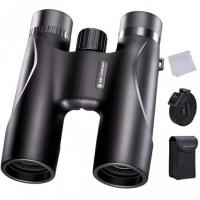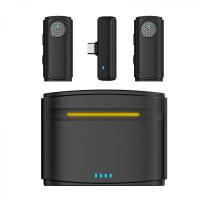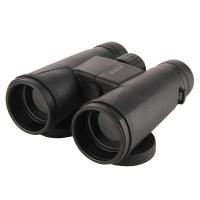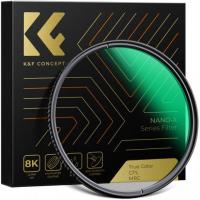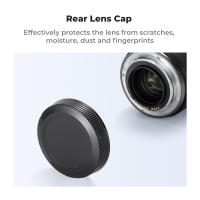Can I See Saturn Rings With Telescope?
Saturn, the sixth planet from the Sun, is renowned for its stunning ring system, which has fascinated astronomers and stargazers for centuries. One of the most common questions among amateur astronomers and space enthusiasts is whether they can observe Saturn's rings through a telescope. The answer is a resounding yes, but the experience and clarity of the view can vary significantly based on several factors. In this article, we will explore the practical aspects of observing Saturn's rings, including the types of telescopes suitable for this purpose, the best times for observation, and tips for enhancing your viewing experience.
Understanding Saturn's Rings

Before diving into the technicalities of telescope observation, it's essential to understand what makes Saturn's rings so special. Saturn's rings are composed primarily of ice particles, with a smaller amount of rocky debris and dust. These particles range in size from tiny grains to objects as large as mountains. The rings are divided into several distinct sections, labeled alphabetically in the order of their discovery: A, B, C, D, E, F, and G rings. The most prominent and easily visible rings are the A and B rings, separated by the Cassini Division, a dark gap that adds to the visual intrigue.
Types of Telescopes for Observing Saturn's Rings

The type of telescope you use can significantly impact your ability to see Saturn's rings. Here are the main types of telescopes and their suitability for this purpose:
1. Refractor Telescopes: These telescopes use lenses to gather and focus light. They are known for their sharp and high-contrast images, making them a good choice for planetary observation. A refractor telescope with an aperture of at least 70mm can provide a decent view of Saturn's rings.
2. Reflector Telescopes: Reflector telescopes use mirrors instead of lenses. They are generally more affordable than refractors and can offer larger apertures, which means more light-gathering power. A reflector telescope with an aperture of 114mm or more is ideal for observing Saturn's rings in greater detail.
3. Compound Telescopes: These telescopes combine lenses and mirrors to offer the best of both worlds. They are compact and versatile, making them excellent for both planetary and deep-sky observations. A compound telescope with an aperture of 90mm or more can provide excellent views of Saturn's rings.
Magnification and Eyepieces

While the aperture of your telescope is crucial, the magnification and quality of your eyepieces also play a significant role in observing Saturn's rings. A magnification of 100x to 150x is generally sufficient to see the rings clearly. However, higher magnifications can provide more detailed views, especially if the atmospheric conditions are favorable.
Investing in high-quality eyepieces can enhance your viewing experience. Plössl eyepieces are a popular choice among amateur astronomers due to their good balance of quality and affordability. Additionally, using a Barlow lens can effectively double or triple the magnification of your existing eyepieces, allowing for more detailed observations.
Best Times for Observing Saturn
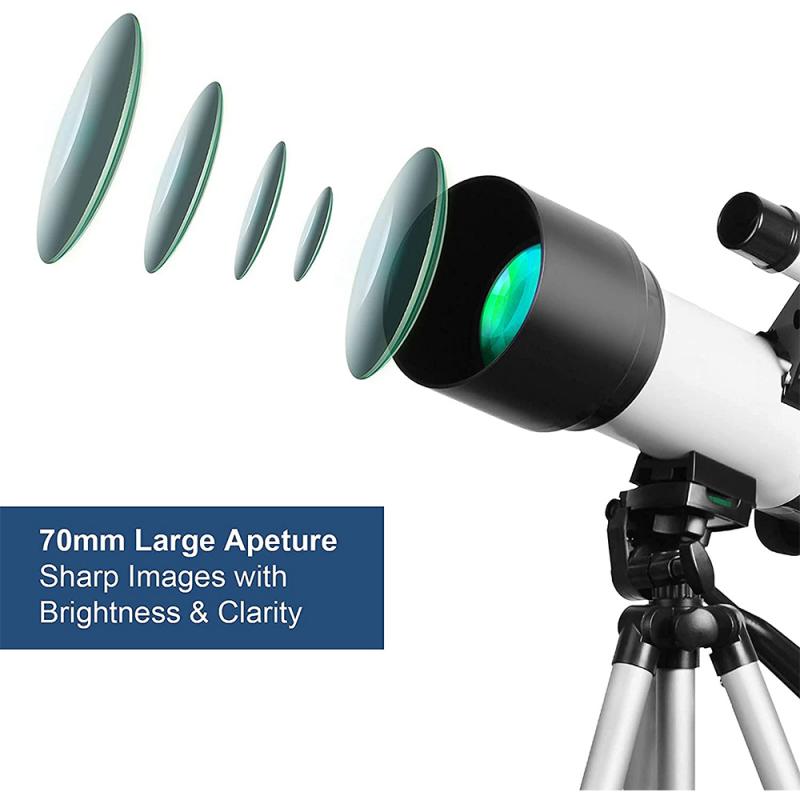
Saturn is not always visible in the night sky, and its position relative to Earth changes throughout the year. The best time to observe Saturn is during its opposition, which occurs approximately every 378 days. During opposition, Saturn is directly opposite the Sun in the sky, making it visible for most of the night and at its closest approach to Earth. This results in the brightest and most detailed views of the planet and its rings.
Additionally, the tilt of Saturn's rings changes over time due to the planet's axial tilt. There are periods when the rings are more open and easier to see, and other times when they are edge-on and appear as a thin line. Observing during times when the rings are more open will provide a more spectacular view.
Tips for Enhancing Your Viewing Experience
1. Choose a Dark Location: Light pollution can significantly impact your ability to see celestial objects clearly. Observing from a dark location away from city lights will enhance your view of Saturn and its rings.
2. Allow Your Telescope to Cool Down: Telescopes need time to reach thermal equilibrium with the outdoor temperature. Allowing your telescope to cool down for at least 30 minutes before observing can reduce image distortion caused by temperature differences.
3. Use a Stable Mount: A stable and well-aligned mount is crucial for clear observations. Any vibrations or movements can blur the image, making it difficult to see fine details.
4. Observe During Steady Atmospheric Conditions: The Earth's atmosphere can cause turbulence, leading to blurry images. Observing during nights with steady atmospheric conditions, often referred to as "good seeing," will provide the best views.
5. Take Your Time: Observing celestial objects requires patience. Spend time at the eyepiece, allowing your eyes to adjust and picking out finer details that may not be immediately apparent.
Observing Saturn's rings through a telescope is a rewarding experience that can ignite a lifelong passion for astronomy. With the right equipment, timing, and techniques, you can enjoy breathtaking views of one of the most iconic features in our solar system. Whether you are a beginner or an experienced astronomer, the sight of Saturn's rings is sure to leave a lasting impression. So, set up your telescope, find a dark spot, and prepare to be amazed by the beauty of Saturn and its magnificent rings.

